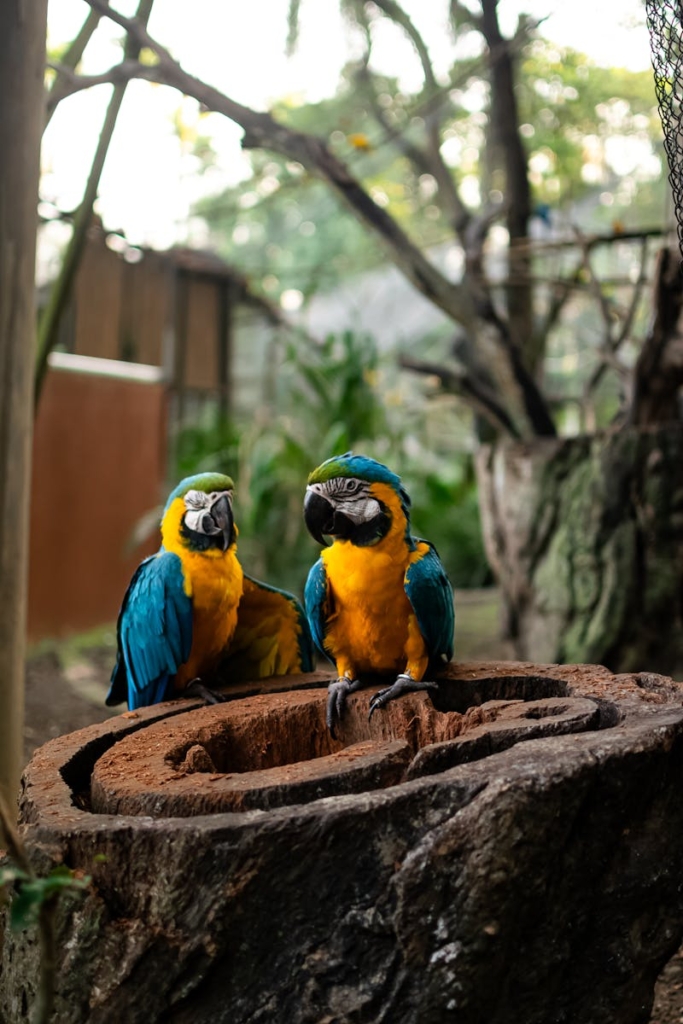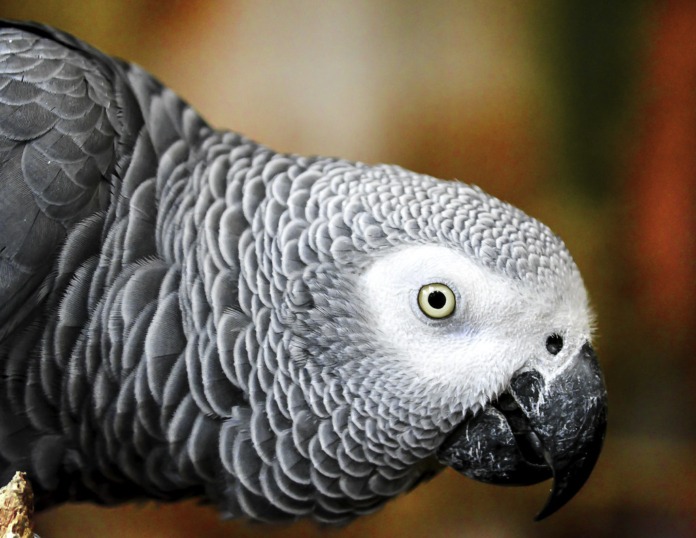Alex’s cognitive breakthroughs
In the post Inside Dr. Pepperberg’s Lab: Parrot Speech is Not just Mimicry – Pet Birds by Lafeber Co., we get a close look at amazing research on parrot speech. Why is this important? Well, it shows us that parrots, especially African grey parrots, like Alex, aren’t just copying sounds. They’re really understanding what they’re saying.
The article talks about Dr. Irene Pepperberg’s work with her parrot, Alex. Imagine a bird that can talk with meaning! Alex wasn’t just a “talking bird”; he was an intelligent communicator. The article explains the trials and studies where Alex had to identify objects, colors, shapes, and even answer complex questions.
One study from 1990 showed Alex different objects and asked him questions like, “What color?” or “What shape?” He answered with 81.3% accuracy! That’s super impressive because he had to understand the question and identify the right object every time. Sometimes, he mixed up words that sounded the same like “box” and “bock” or colors that looked similar. But still, his high success rate was amazing.
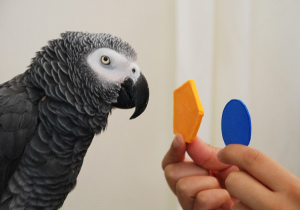
If that wasn’t enough, another study in 1992 went deeper. Alex had to answer even tougher questions, where he needed to combine two types of information like color and shape together. Despite the difficulty, he had an accuracy of 76.5%. This showed he understood way more than just simple commands. Alex knew his words meant different things and used them correctly in various situations.
“It’s clear that Alex wasn’t just mimicking sounds but using speech as part of his cognitive process, showing a high level of understanding and learning.”
Dr. Pepperberg’s work isn’t just fascinating; it has changed how we think about animal intelligence. It makes us wonder how much more our pets understand and how we can communicate better with them. You can read more about Alex’s studies and how he changed the perspective on animal cognition by checking out the full article at Inside Dr. Pepperberg’s Lab: Parrot Speech is Not just Mimicry – Pet Birds by Lafeber Co..
Challenging comprehension through studies
One interesting part of the post is how Alex’s communication abilities were put to the test. Understanding words isn’t enough; any smart animal can learn commands. But Alex’s studies went beyond that, testing if he comprehended the context and could communicate effectively. This section in the post gives us a glimpse of how Dr. Pepperberg challenged Alex’s skills.
In one study from 1990, Alex was presented with different objects and asked to identify their color or shape. The objects were a blend of shapes, colors, and materials, making the task harder. Imagine showing seven random items from a box of 100 different toys and asking a friend to describe only one toy based on a specific feature. Now, imagine your friend doing that with an 81.3% accuracy — that’s Alex! He had to understand the question like, “What color is the square?” and answer correctly. Sure, he made some mistakes. Similar-sounding words and colors that looked alike could confuse anyone, including Alex.
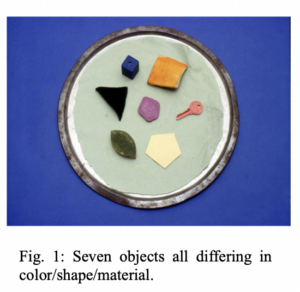
In another study from 1992, Alex faced more complex questions. This time, he had to combine two pieces of information to answer. For example, he might be asked, “What color is the wooden triangle?” These questions needed a deeper level of understanding. Despite the increased difficulty, Alex performed with 76.5% accuracy. Not bad, right?
These studies not only tested Alex’s comprehension but also showed how sophisticated his language use was. Here are some key facts from the tests:
| Study | Task | Accuracy | Challenges |
|---|---|---|---|
| Pepperberg, 1990 | Identify object’s color or shape with mixed items | 81.3% | Similar sounding words, similar looking colors |
| Pepperberg, 1992 | Combine two pieces of information to answer | 76.5% | Complex questions needing deeper understanding |
Dr. Pepperberg’s approach showed us that Alex wasn’t just mimicking human speech. He was using his words thoughtfully and correctly, which is a big sign of cognitive processing. This finding was key. It opened our eyes to how intelligent birds can be and how their communication might be closer to ours than we think.
Read more in the main article to understand how these studies were a breakthrough in animal cognition research.
Insights from Griffin & Athena
While Alex’s studies are indeed groundbreaking, we can’t forget to talk about Griffin and Athena. These two parrots in Dr. Pepperberg’s lab have also shown remarkable abilities, although in different ways than Alex. Griffin and Athena have not undergone the same extensive verbal testing as Alex, primarily because they have different strengths and interests.
Griffin, for example, might not have as vast a vocabulary as Alex, but he has proved adept at understanding probabilities and making decisions that would puzzle many other birds. Imagine playing a game where you have to choose between multiple options to get a treat. Griffin excels in such tasks, showing he can weigh options and make good choices. His skills in probability tasks show a different type of intelligence, one that complements Alex’s verbal abilities.
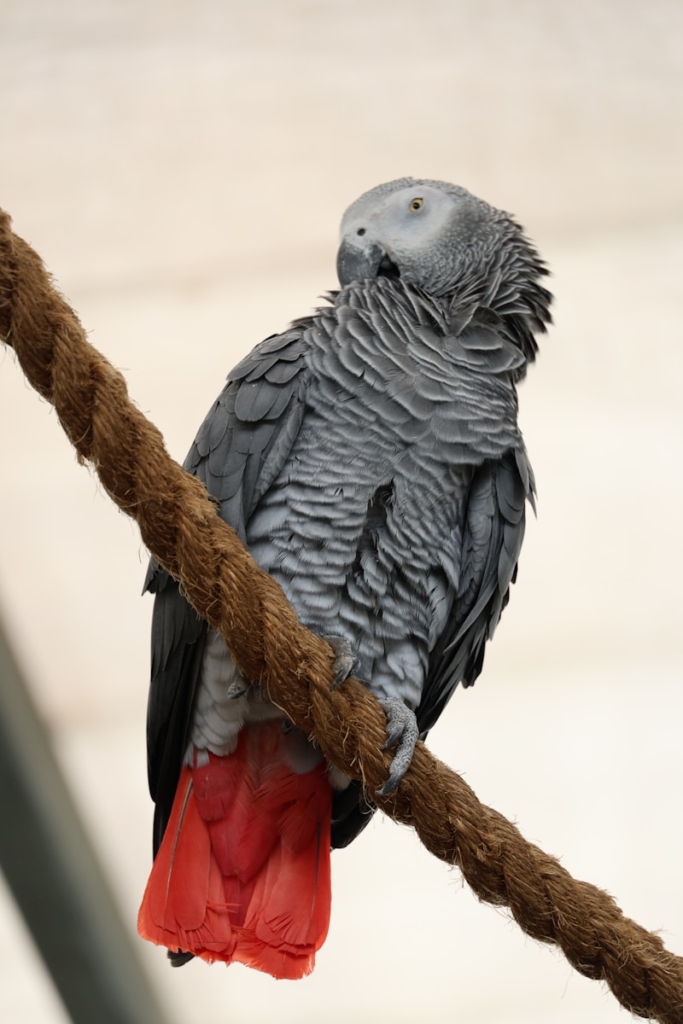
Athena, on the other hand, is younger and still learning, but her quick grasp of new tasks is notable. She’s often observant and very curious about new activities in the lab. She’s been part of experiments involving liquid conservation and inference by exclusion, which are pretty complex. Think about a child understanding that water poured from a tall, thin glass into a short, wide one is the same amount—Athena can demonstrate similar understanding, showing cognitive skills far beyond simple mimicry.
An interesting event happened with Athena just last week. She was in the living room while a research assistant was preparing breakfast out of sight in the kitchen. Usually, there are two assistants to keep them entertained, but one was missing that day. Athena started whistling and seemed a bit impatient. The assistant came back and explained to the birds that she was the only one there and asked them to be patient. Surprisingly, Athena calmed down and started preening. This might sound ordinary, but it shows she responded to the assistant’s words, suggesting a deeper understanding of the situation.
These interactions, while anecdotal, hint at something more. They show us that Griffin and Athena have their own ways of understanding and interacting with their world. It’s not just about speaking words; it’s about comprehending their meanings in context.
This research in Dr. Pepperberg’s lab has changed how we think about animal intelligence and communication. If you’re curious to know more about these amazing studies and how Alex, Griffin, and Athena have contributed to our understanding of cognitive science, make sure to check out the full post at Inside Dr. Pepperberg’s Lab: Parrot Speech is Not just Mimicry – Pet Birds by Lafeber Co..
